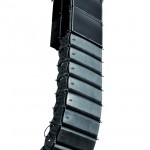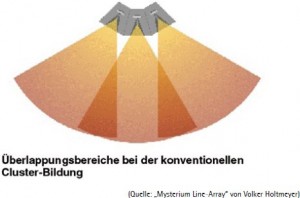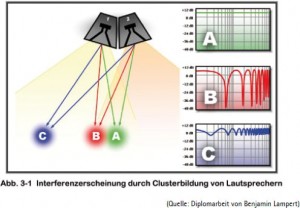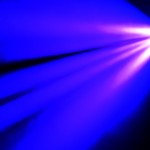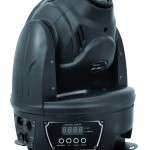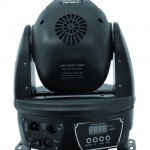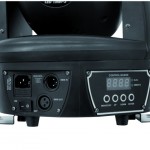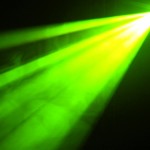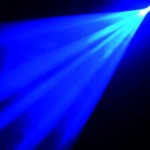EUROLITE LED KLS-800 – Ever increasing brightness!
 With the LED KLS-800 TCL DMX, Eurolite presents the new top model from the revolutionary line of LED-Compact Light Sets. As light-weight as its predecessor, the same housing, but considerably brighter.
With the LED KLS-800 TCL DMX, Eurolite presents the new top model from the revolutionary line of LED-Compact Light Sets. As light-weight as its predecessor, the same housing, but considerably brighter.
The KLS-800 is comprised out of four individual, flat and separately directional spots with seven Tricolor-LED-chips (TCL) each. Every TCL-chip is fitted with three LEDs having a rated power output of 1W each. Advantages of this multichip-technology enable a substantially more homogeneous color mixture than is possible with individually installed LEDs. By the way, the loss of light output through the integrated converging lens is negligible. The compact light set accommodates 28 TCL-chips, each having a 3 Watt power output. The achieved light output is comparable to a conventional spot-bar comprised of four PAR-56 in various colors.
The compact set really lives up to its name: the total weight of the LED KLS-800 including bar, TV pin, and the complete cabling is round about 9 kilograms and can be transported comfortably by a single person in the included carrier bag. Thanks to the low weight and the completely pre-fitted bar, installation is simple, even for the not so technically inclined. This makes the LED KLS-800 especially attractive for solo entertainers and other small performing groups with own equipment as well as for technical service providers with mobile discos and rentals.
Control can be carried out either via the optionally available foot switch with long connection cable or via any standard DMX-controller. The compact light set occupies 15 DMX channels. The Eurolite DMX LED Operator 4 is a specially developed controller, with which all functions can be easily accessed. This enables comprehensive use of the system without the tedious familiarization with the subject matter.
A further benefit of the LED KLS-800 is the very low power consumption, which lies at about 160 Watts. Hereby, as well as the minimal heat emission of the LEDs, it encourages use of the compact sets even in the smallest locations, without having the performer or the public to work up a sweat. Moreover, in contrast to its conventional prototypes, the LED KLS-800 does not promote annoying interference in the sound system, in case light and sound need to share an electrical circuit at an event location with limited power supplies. Facts which make the LED KLS-800 a real alternative to conventional spot-bars.
When EUROLITE brought the first compact LED light sets on the market in the summer of 2008, it produced a real sensation in the mobile event-technology sector. The revolutionary product range was quickly and consequently expanded by means of customer requests, so that meanwhile the user has six versions with varying configurations to choose from, including the top model LED KLS-800 TCL DMX. Several complete sets with stand enlarge this range even more.
[youtube XHevEx_iz_w]



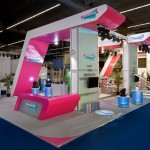
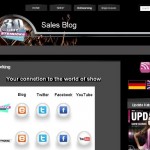 Those who have followed us last year, have certainly recognized some changes. On the homepage of our shop are for examples some recent tweets shown that provides you with news from our company. But there is just a selection of information reported. The whole informationtail you can look up directly on our diffrent Twitter-Accounts. Here we collected our news for you in german and as well in english. If you don’t have a Twitter Account yet and don’t want to miss out on our news you can just read them easily as a RSS-Feed in your prefered Feed-Reader.
Those who have followed us last year, have certainly recognized some changes. On the homepage of our shop are for examples some recent tweets shown that provides you with news from our company. But there is just a selection of information reported. The whole informationtail you can look up directly on our diffrent Twitter-Accounts. Here we collected our news for you in german and as well in english. If you don’t have a Twitter Account yet and don’t want to miss out on our news you can just read them easily as a RSS-Feed in your prefered Feed-Reader.